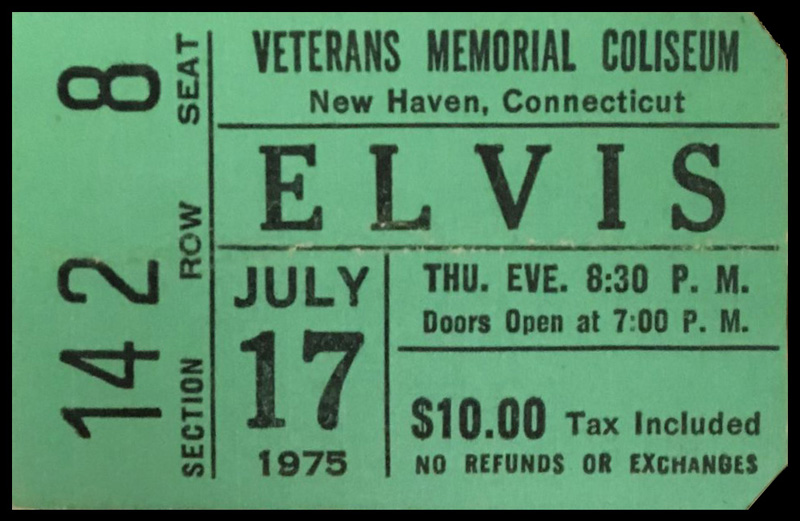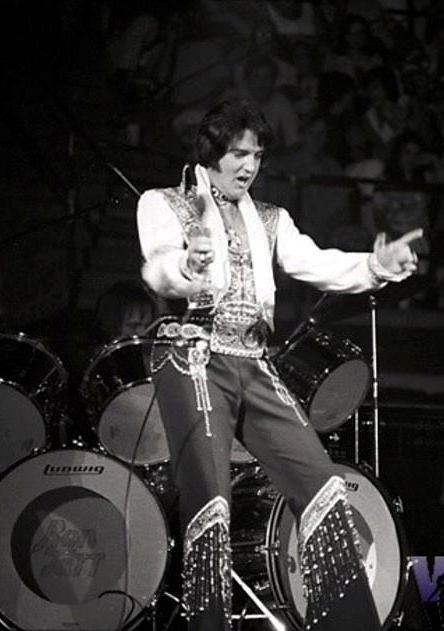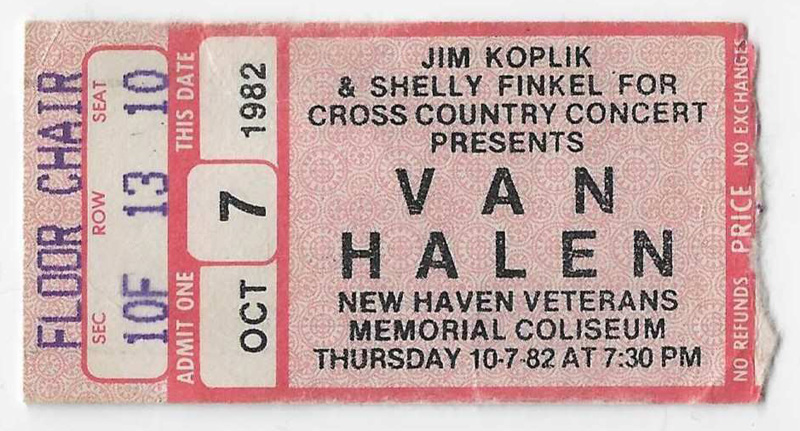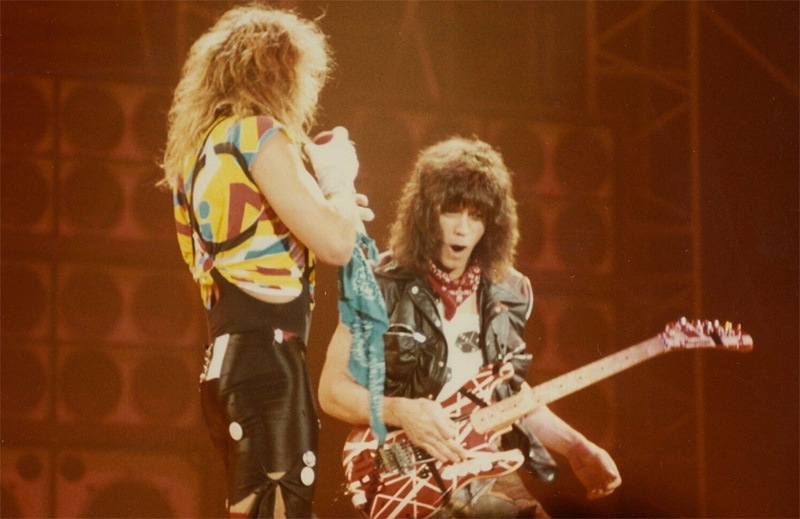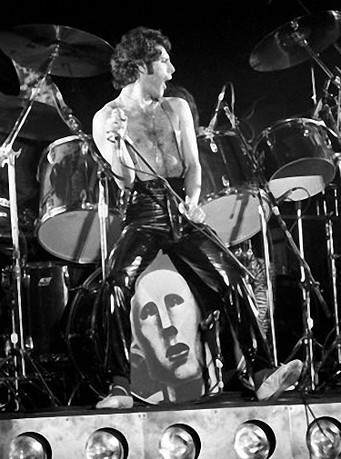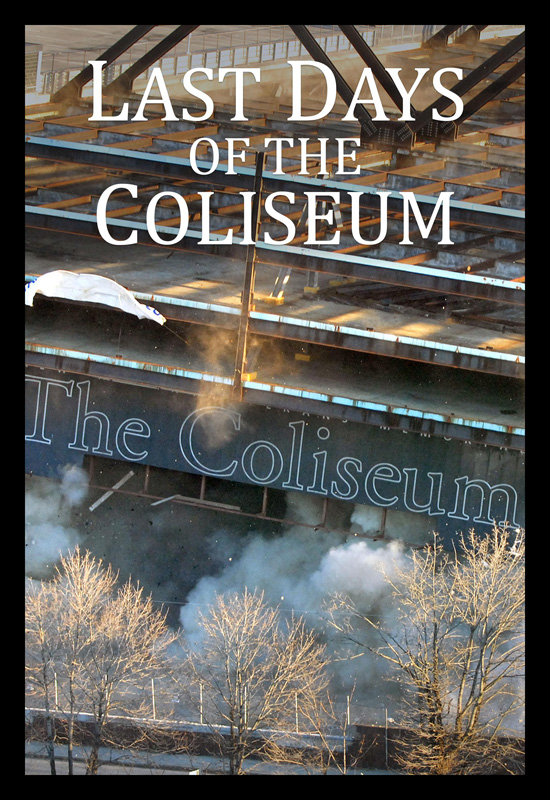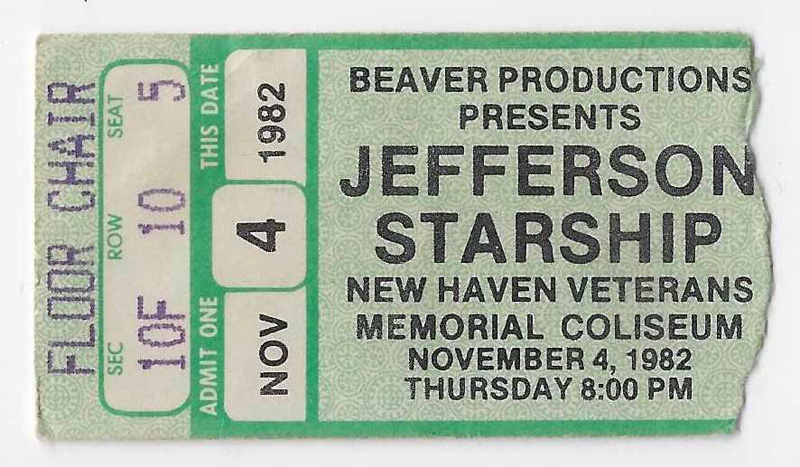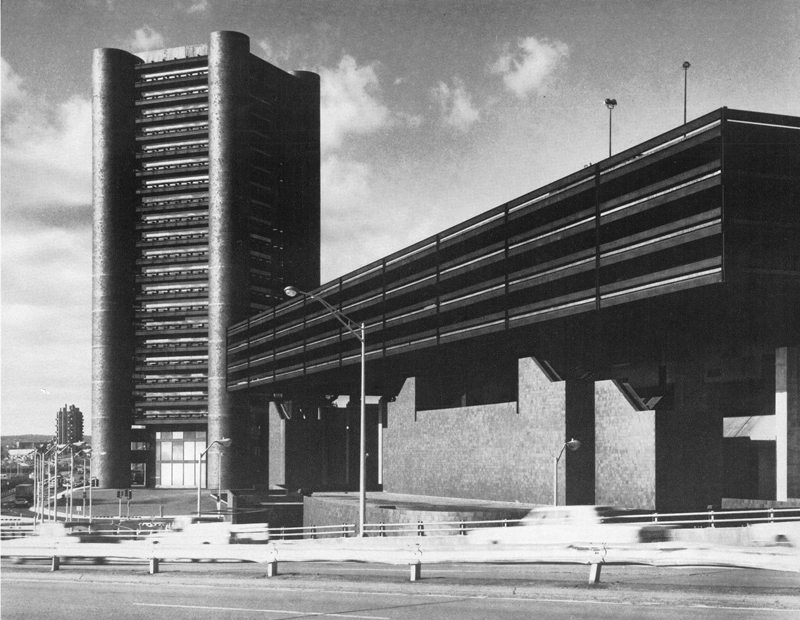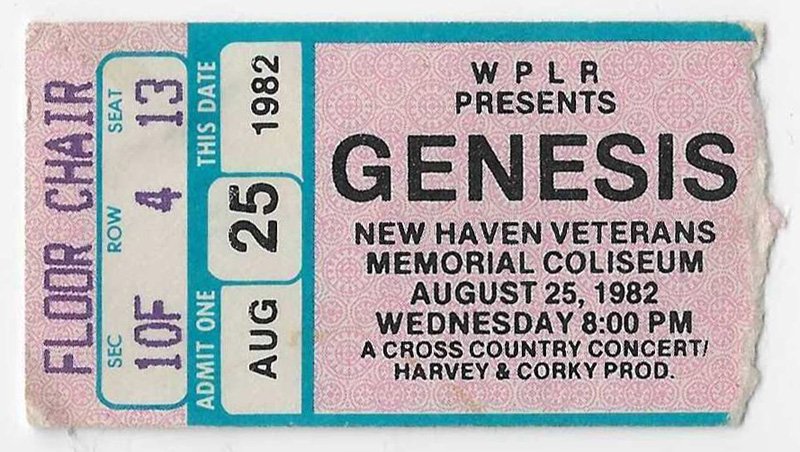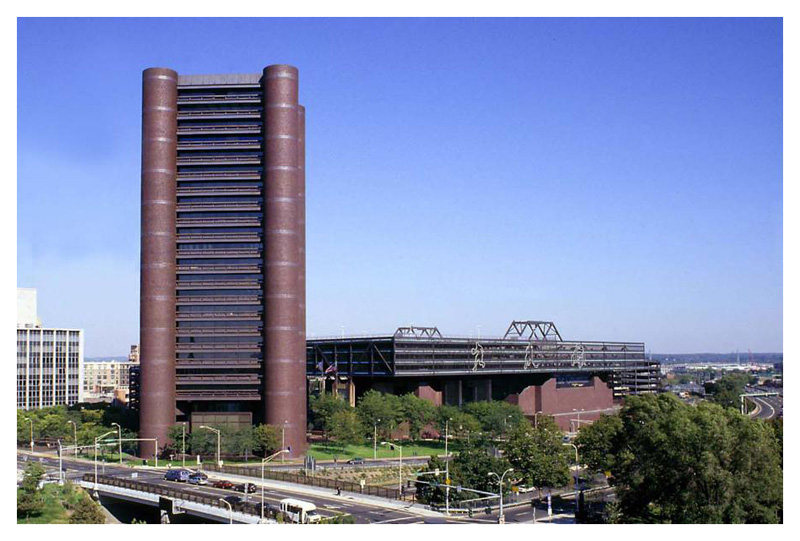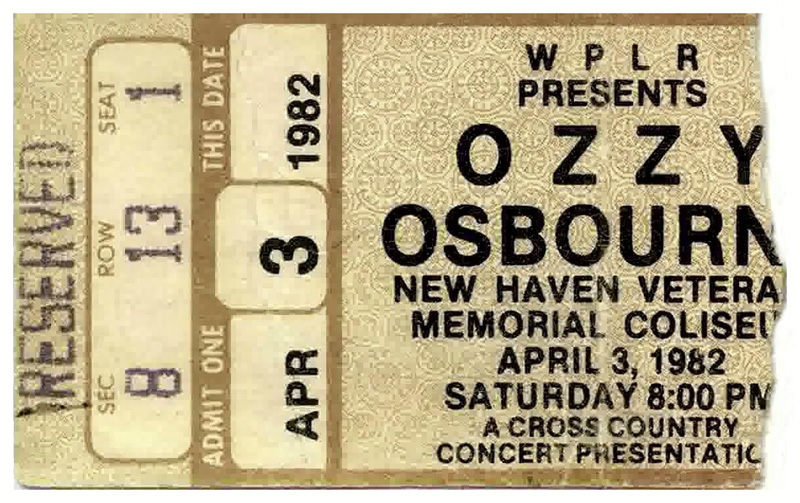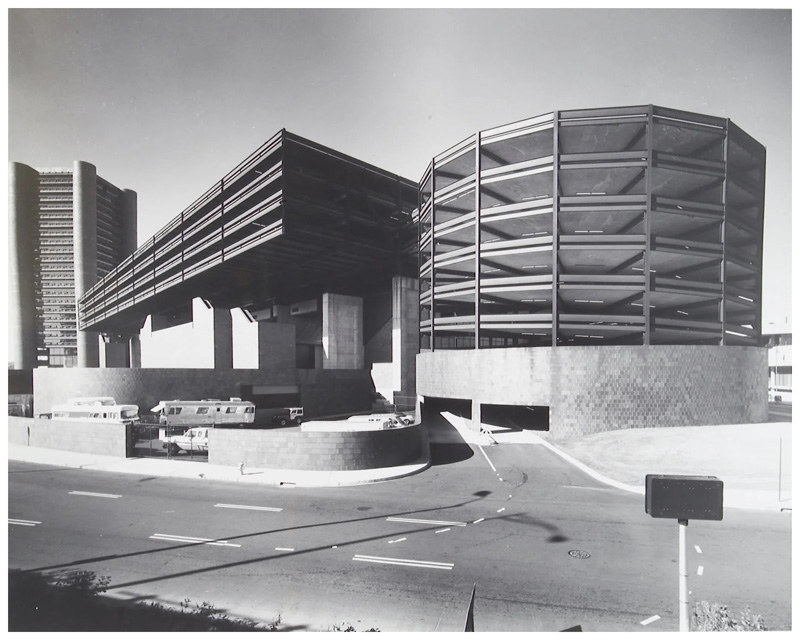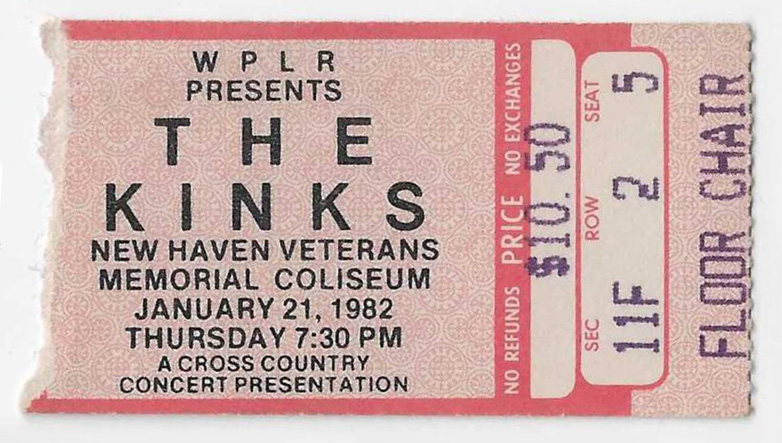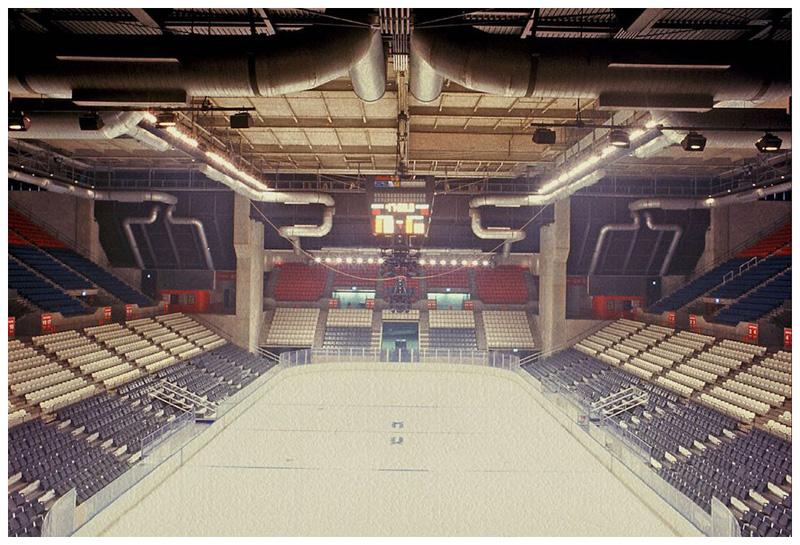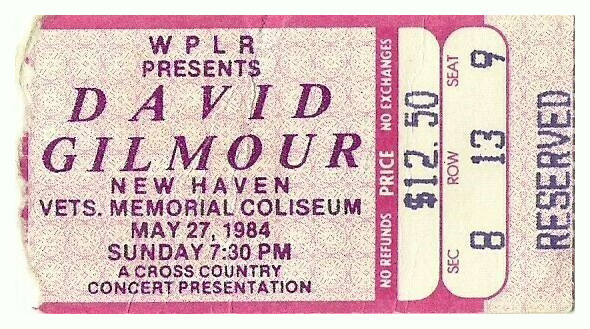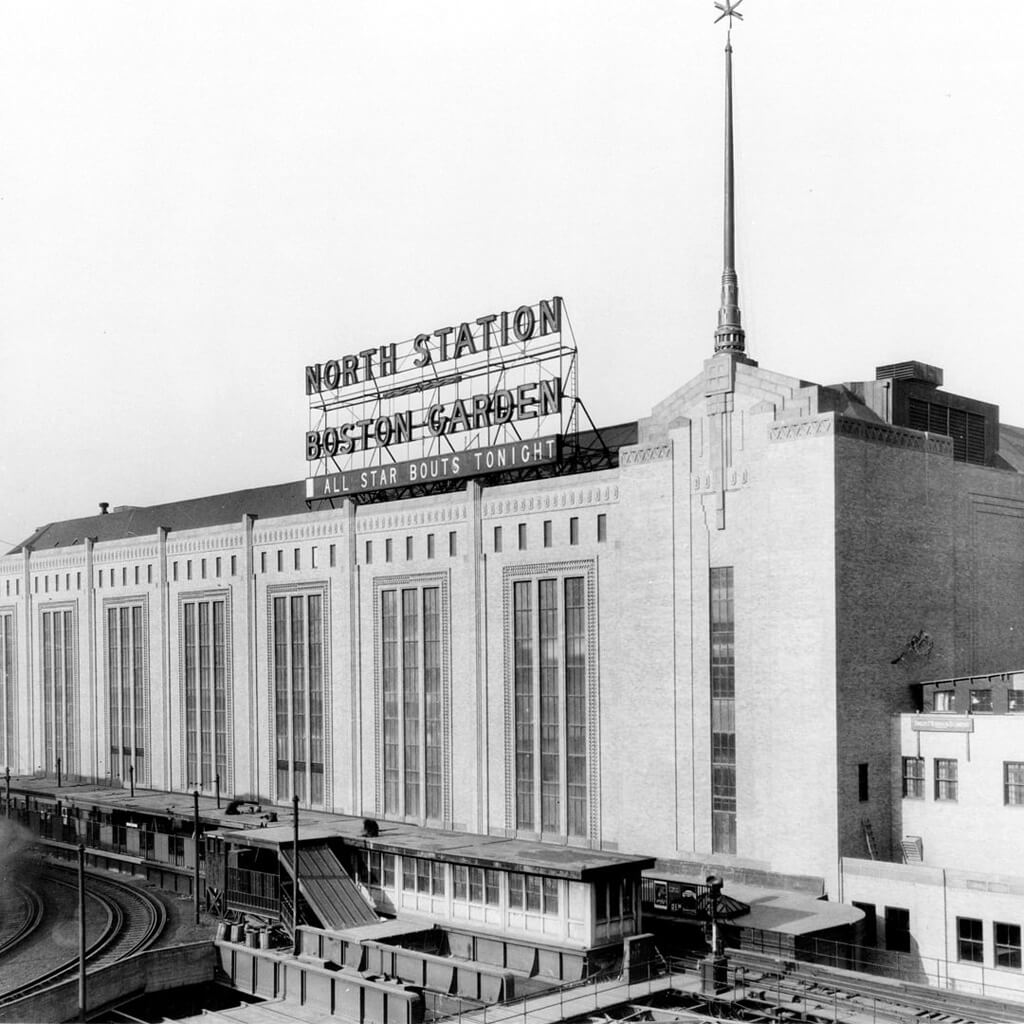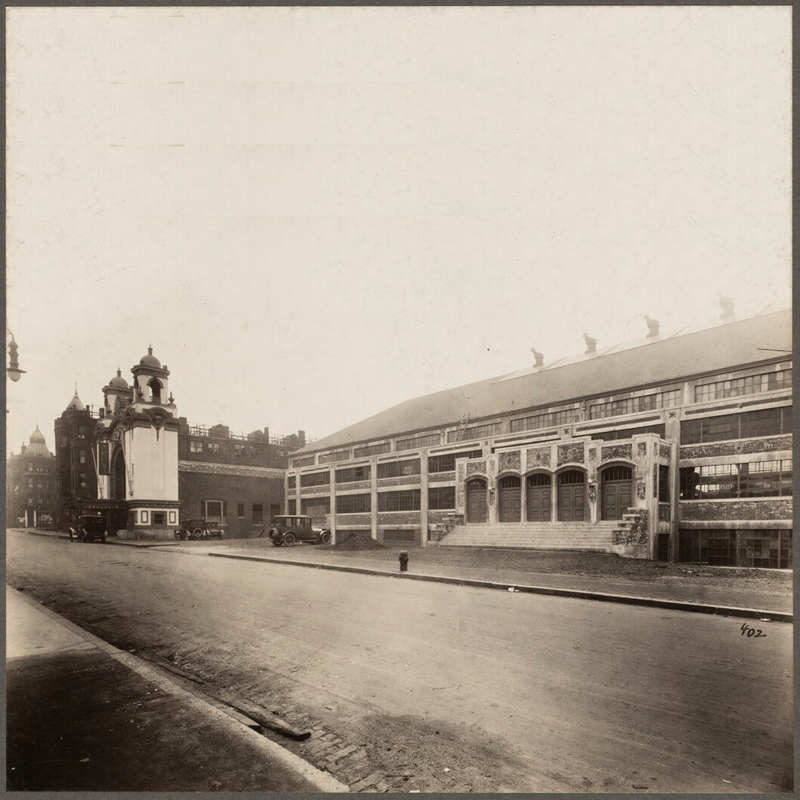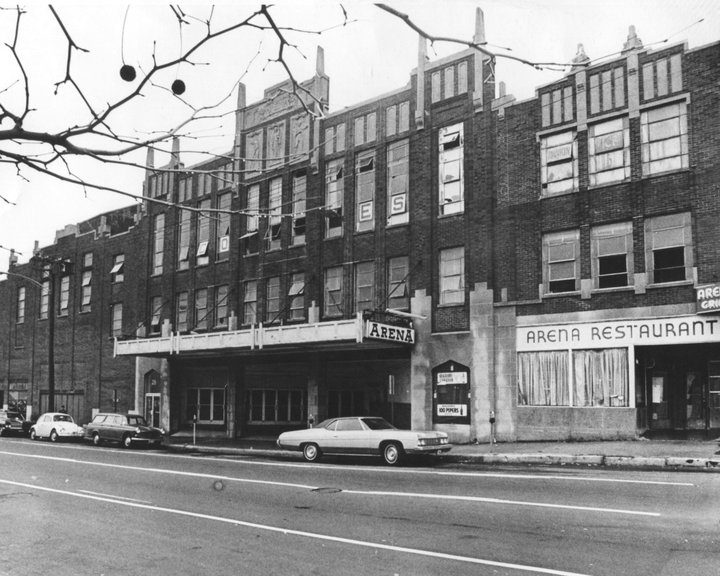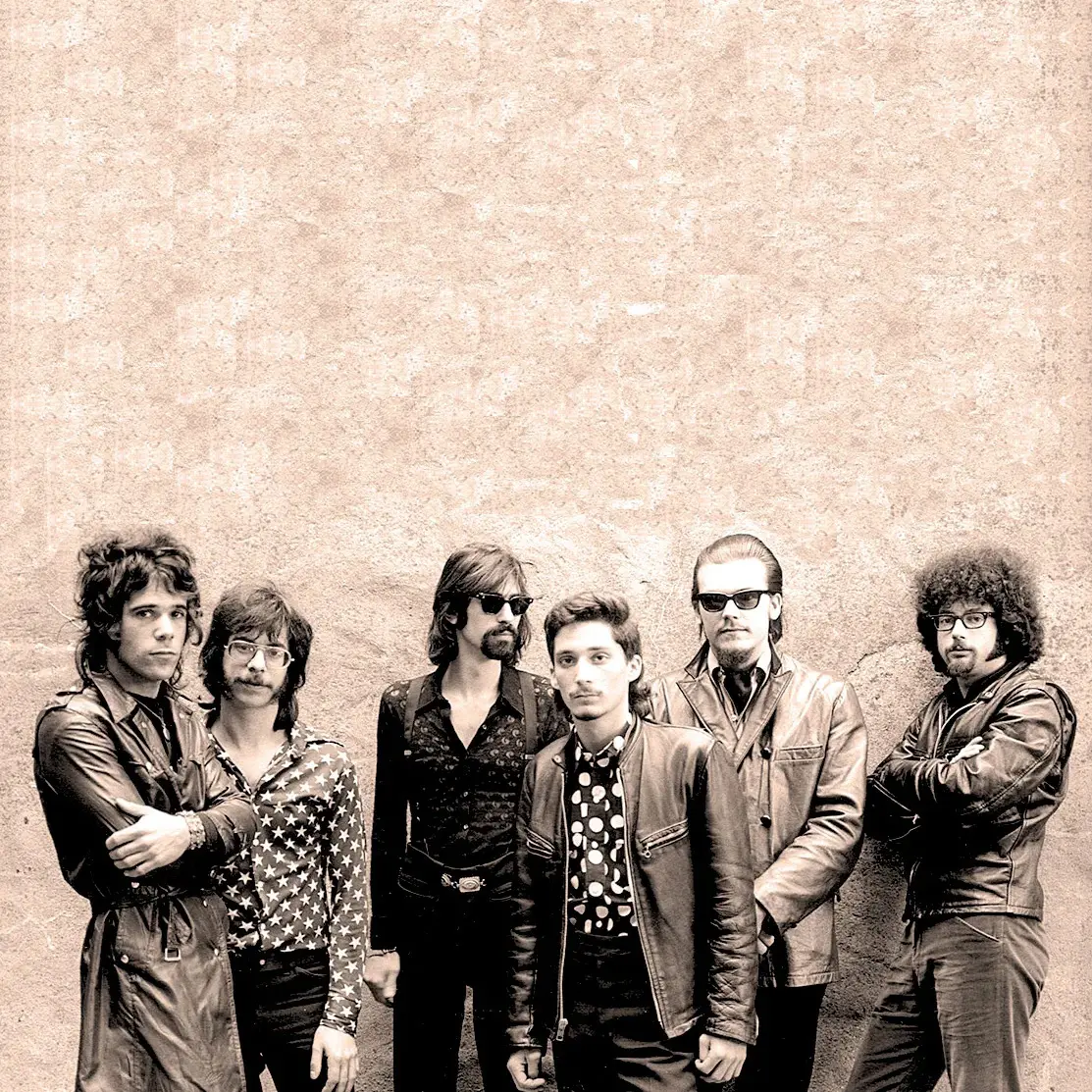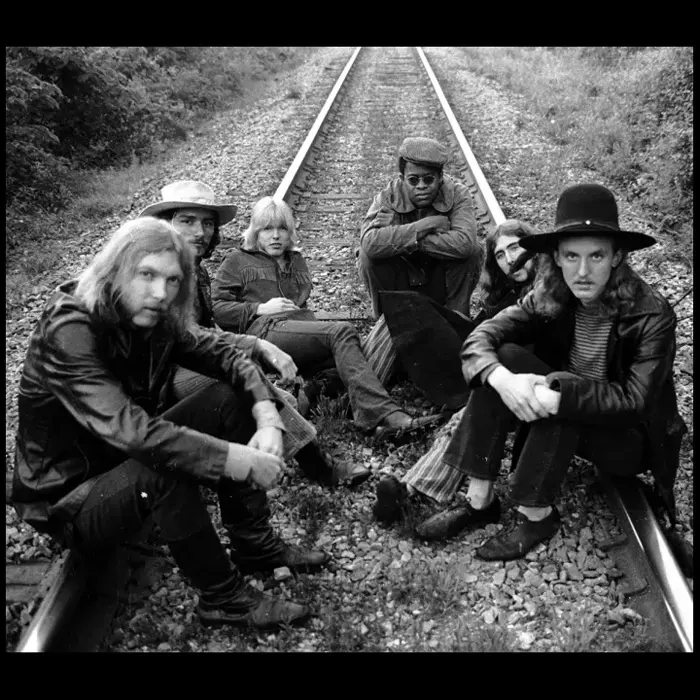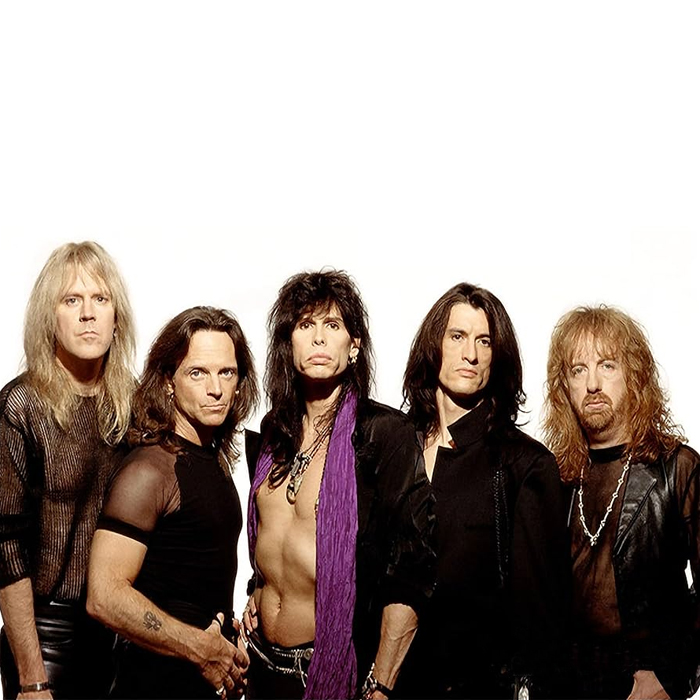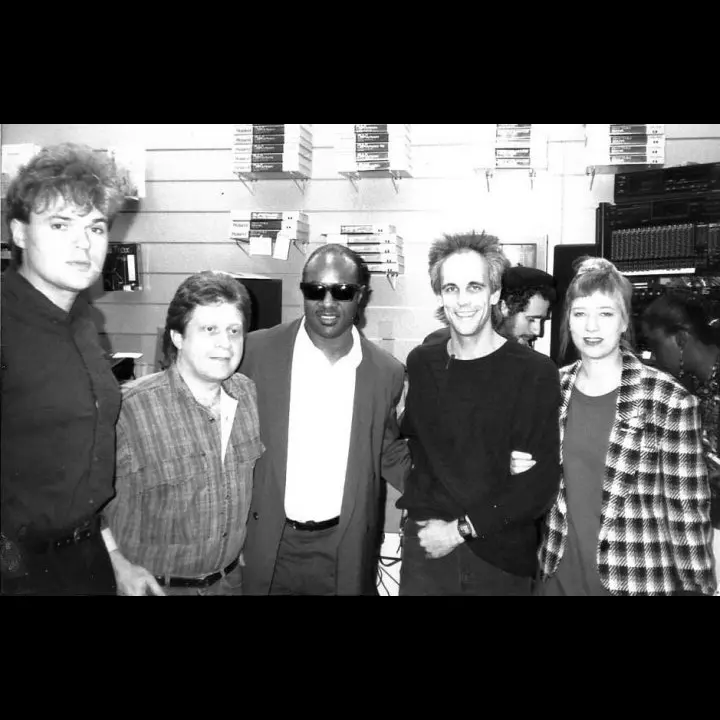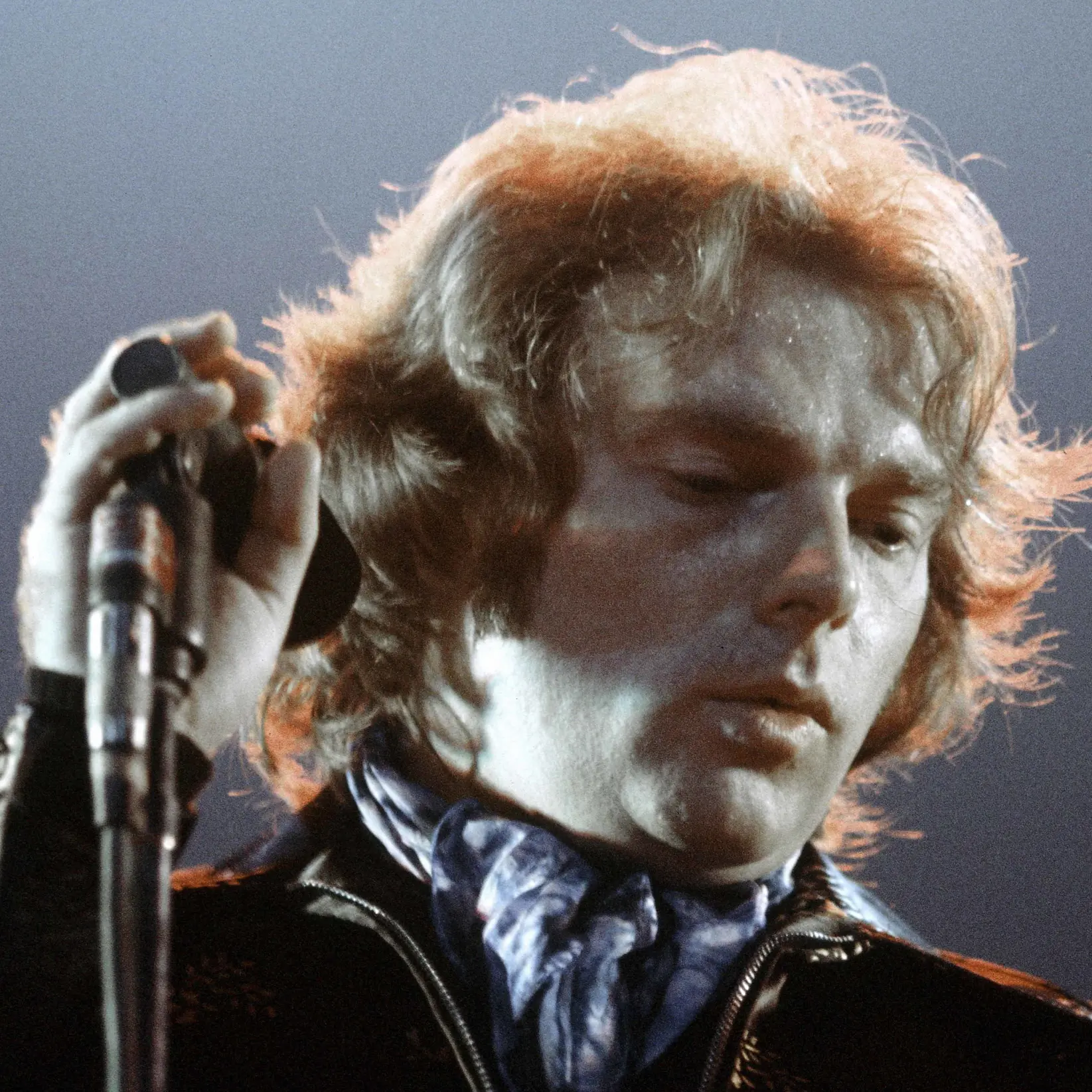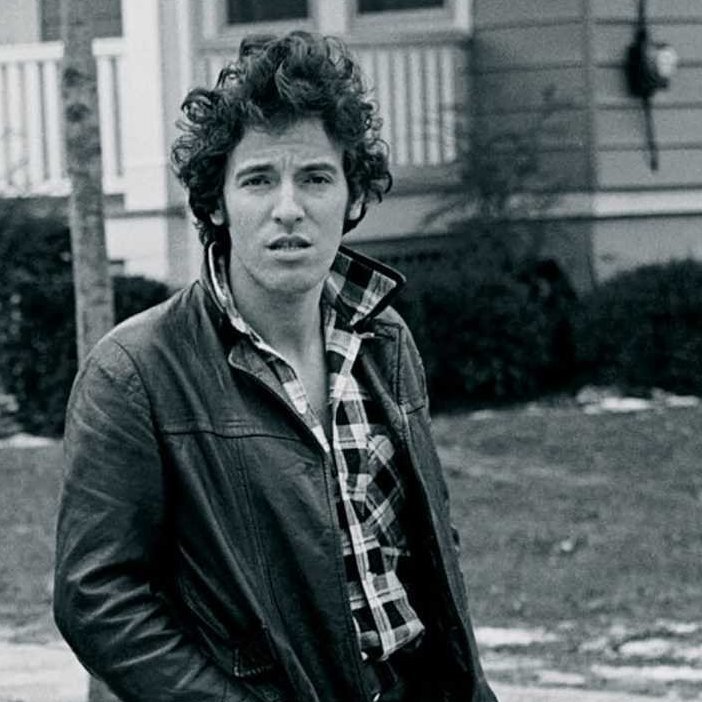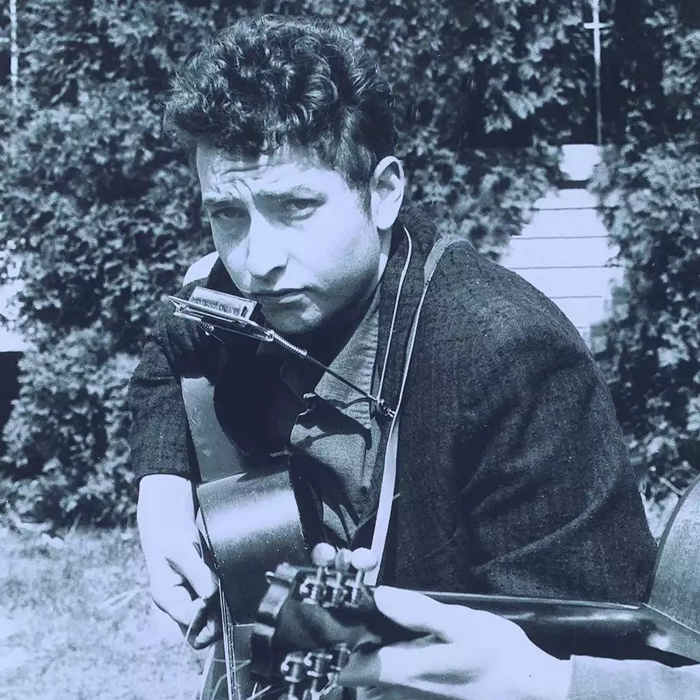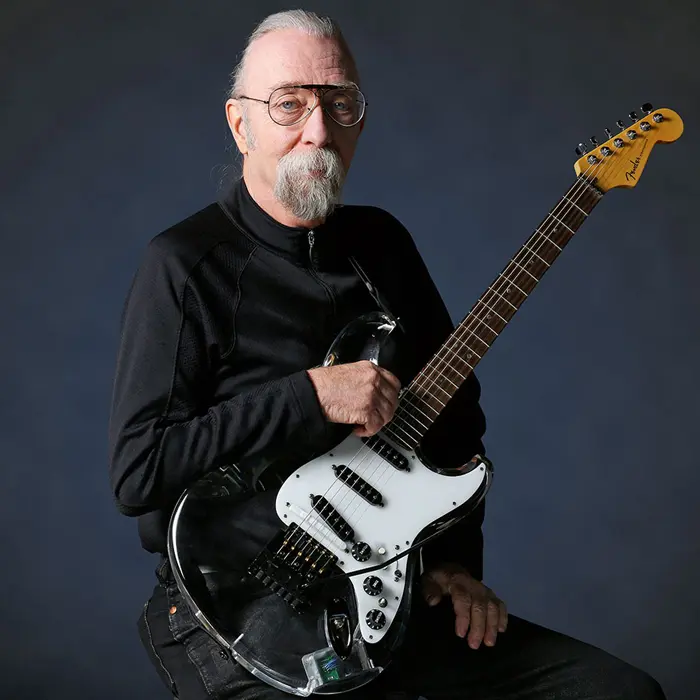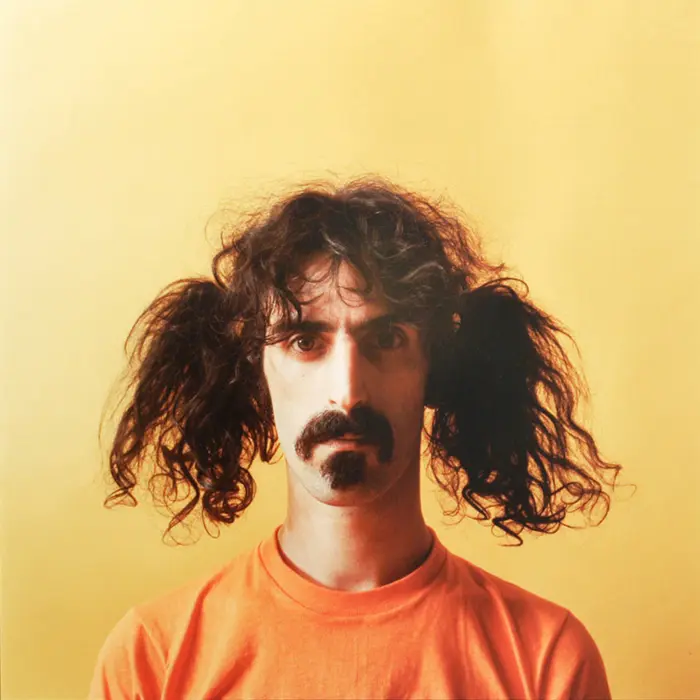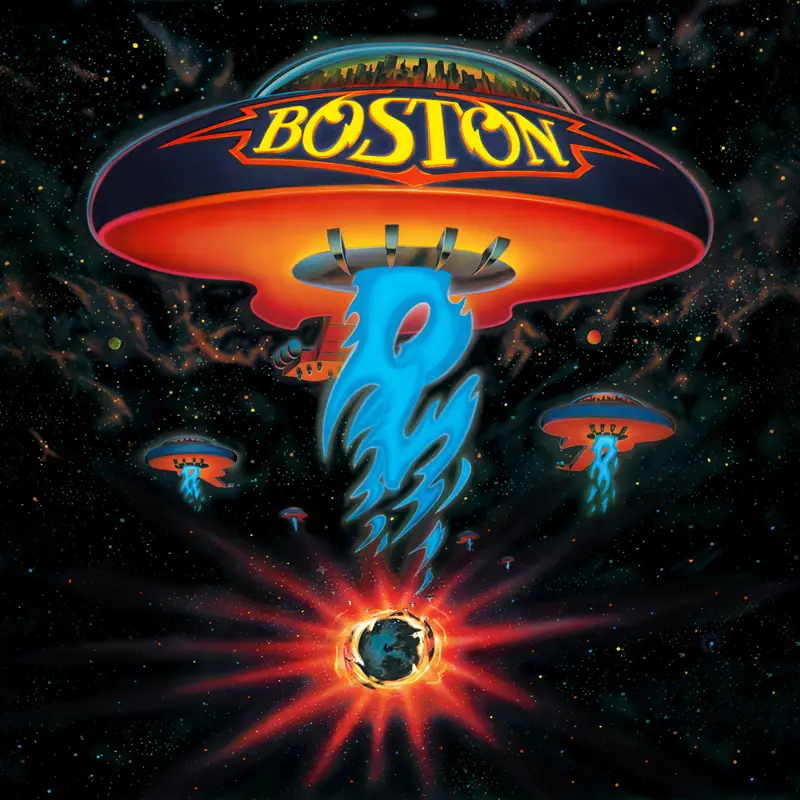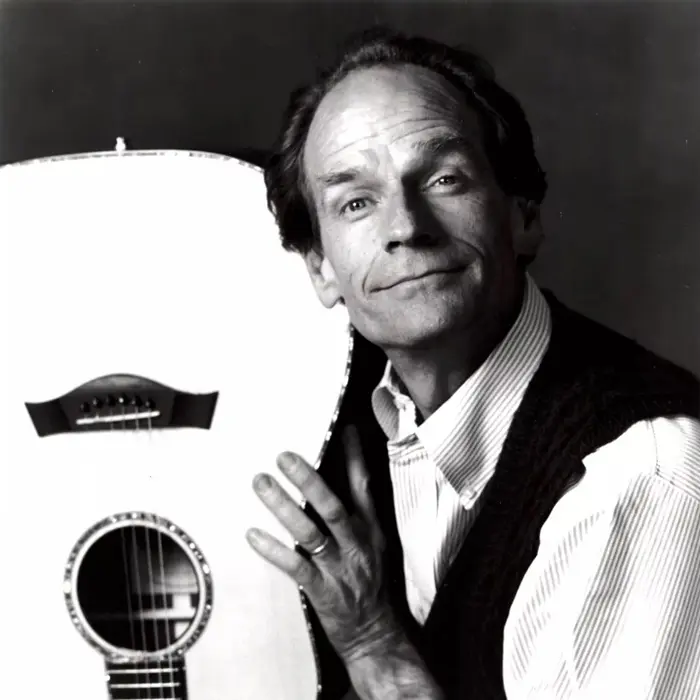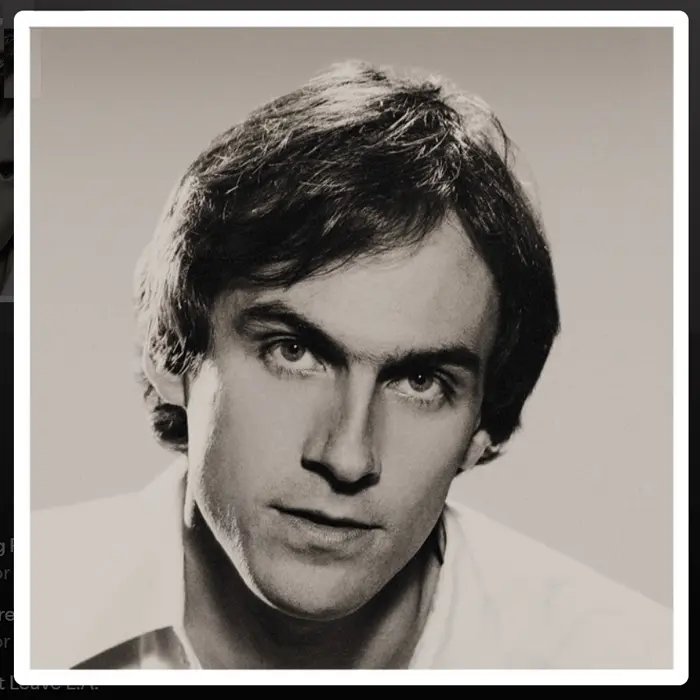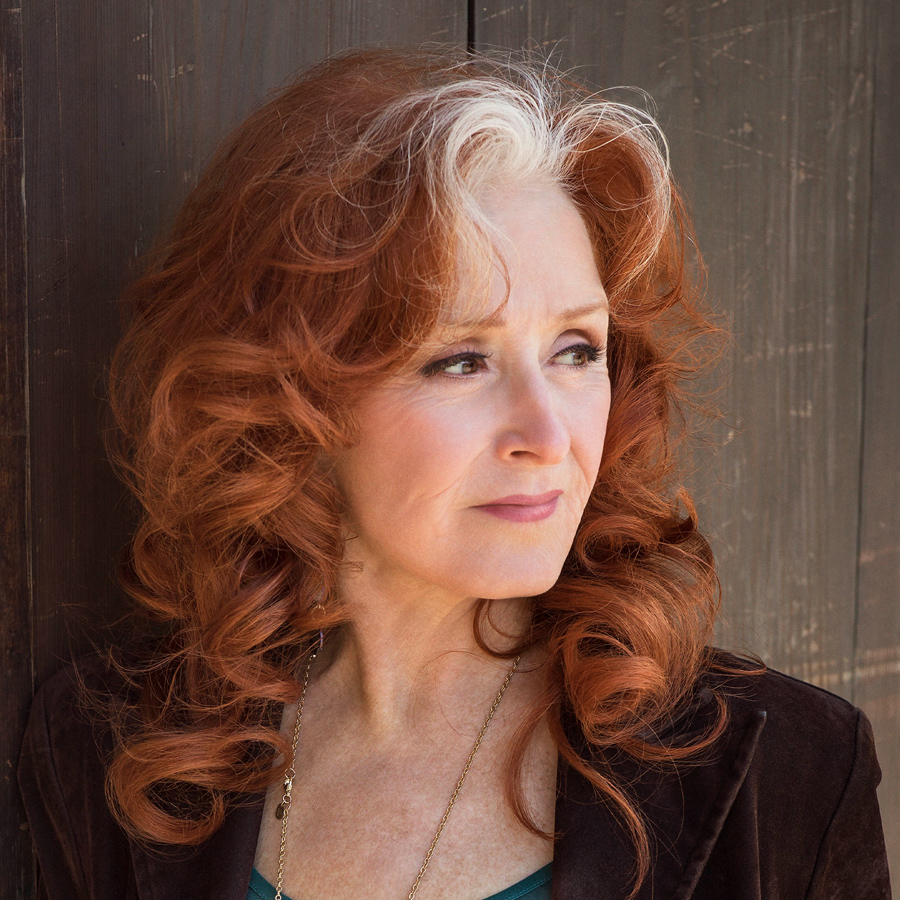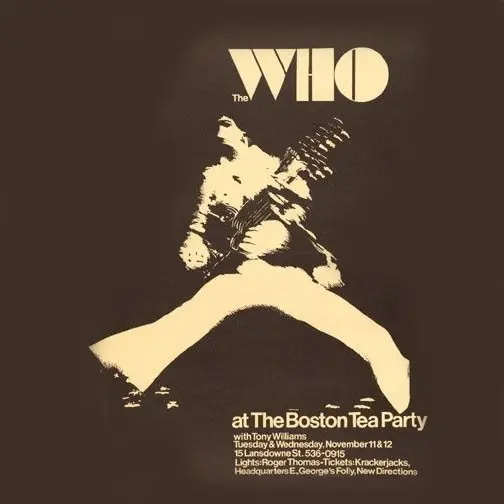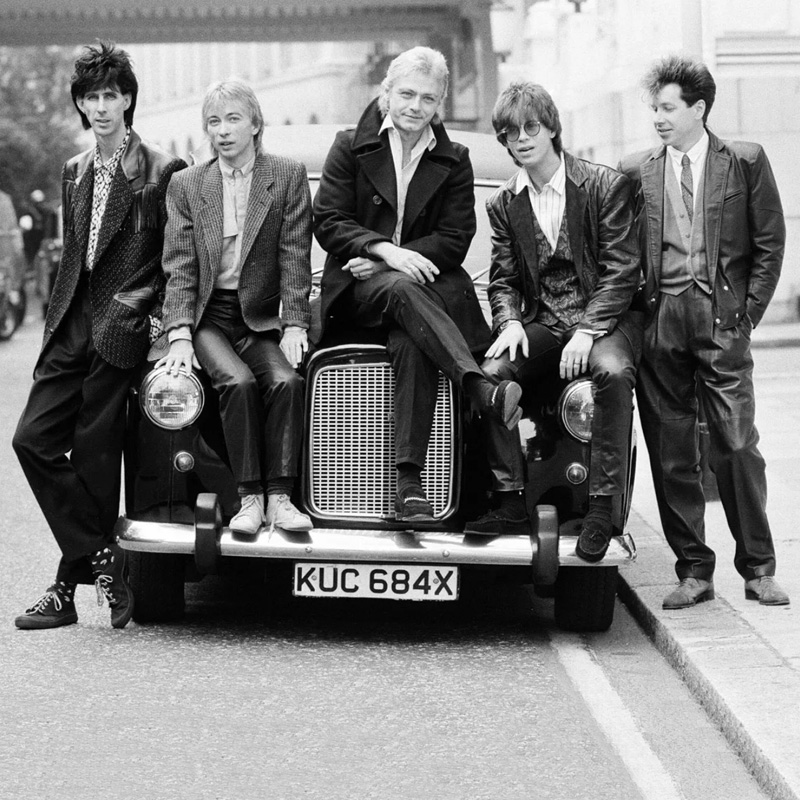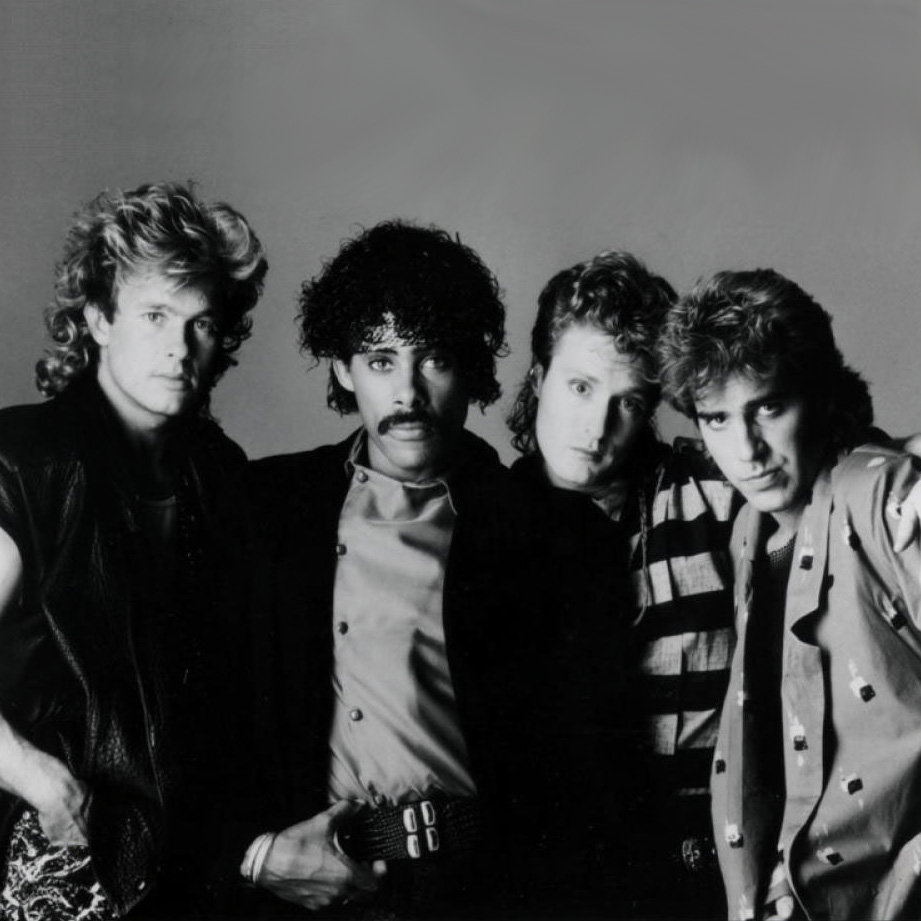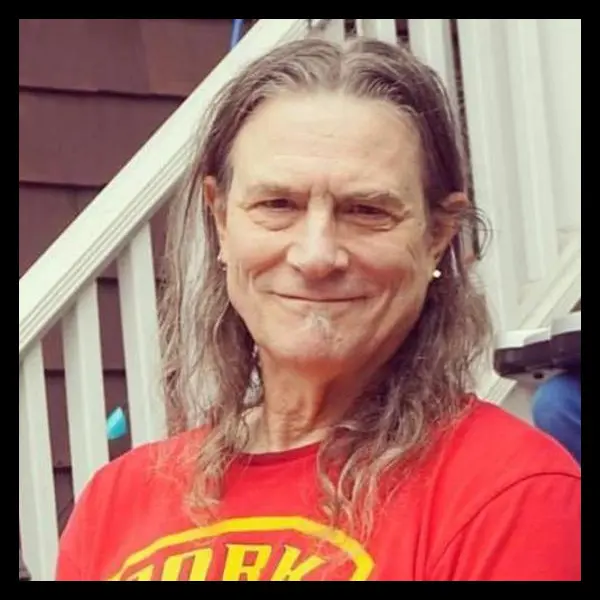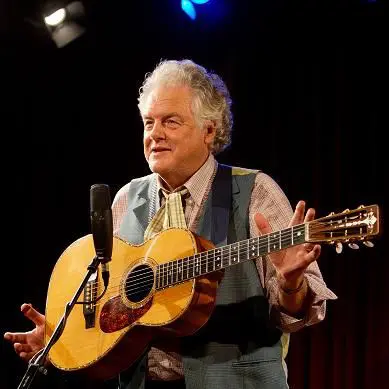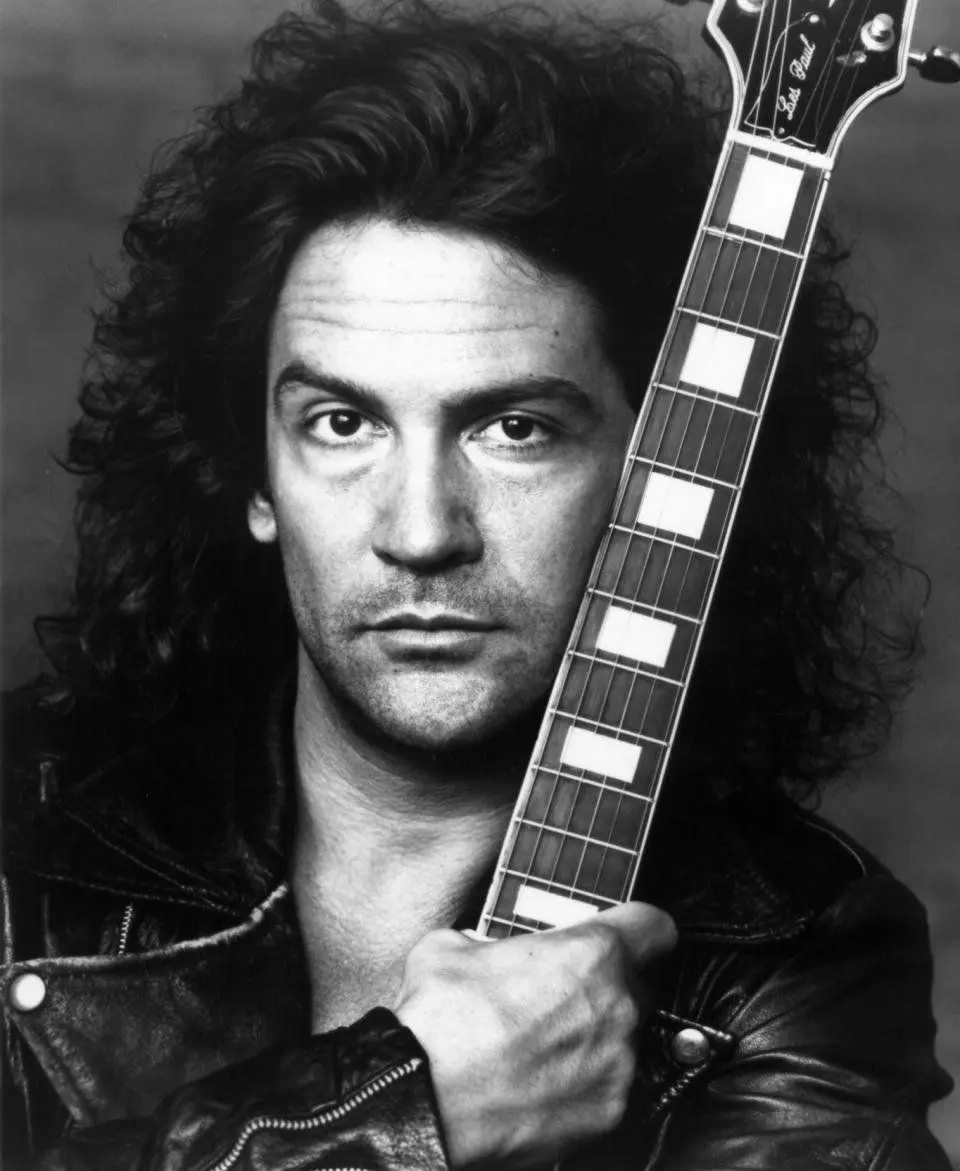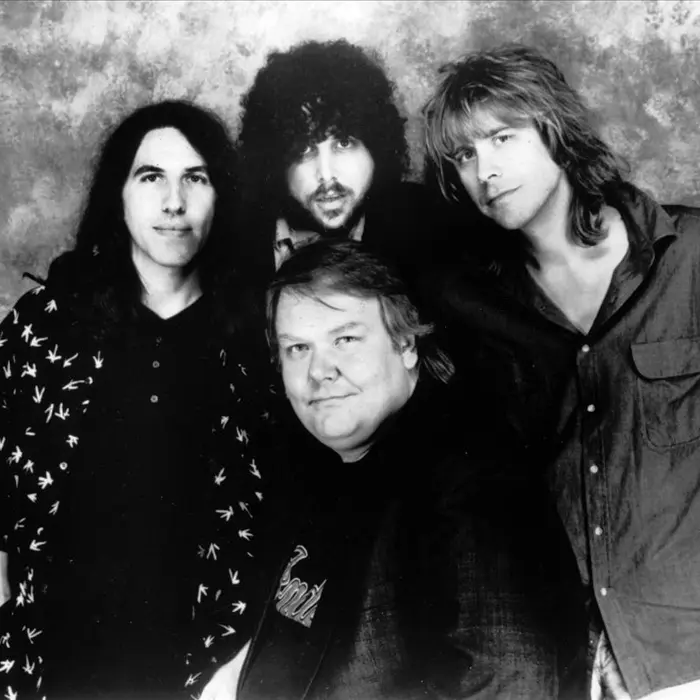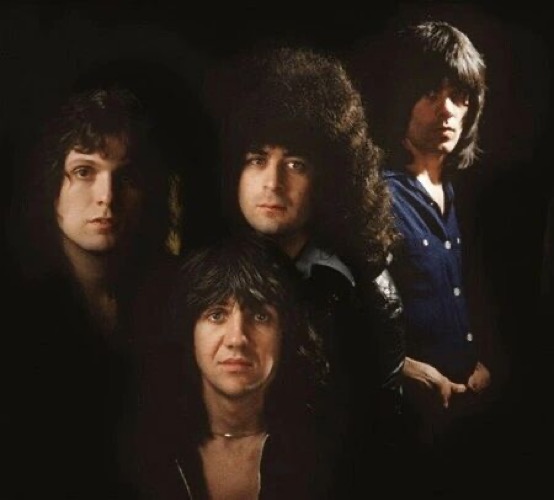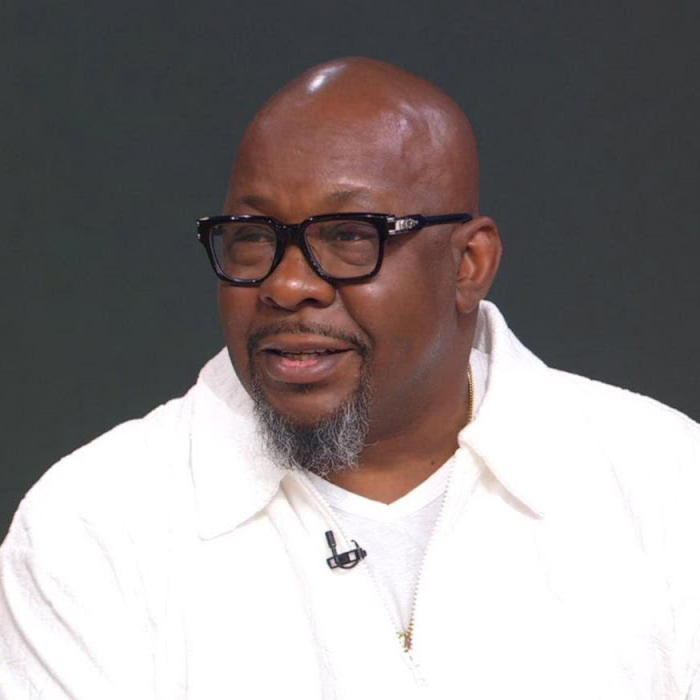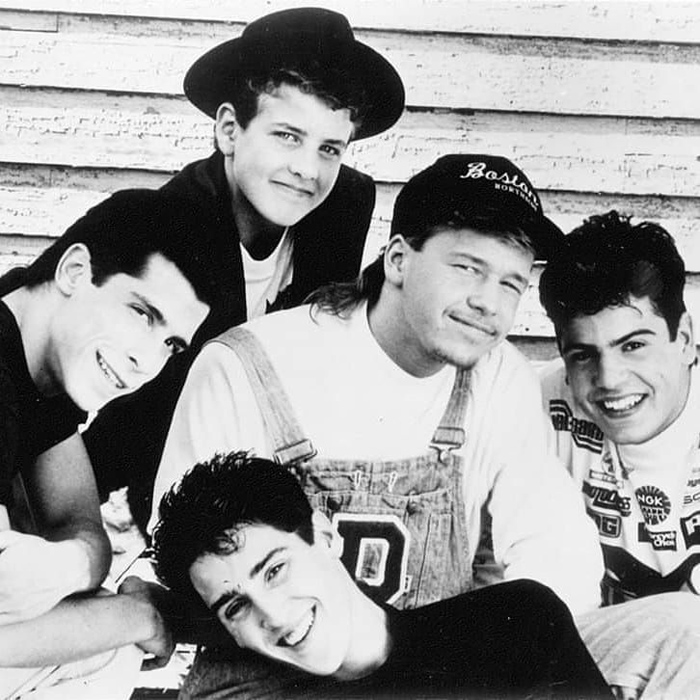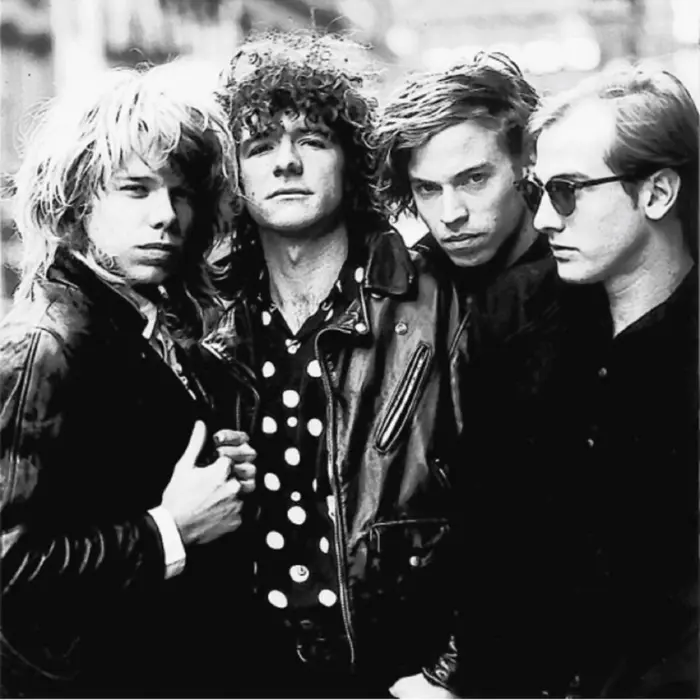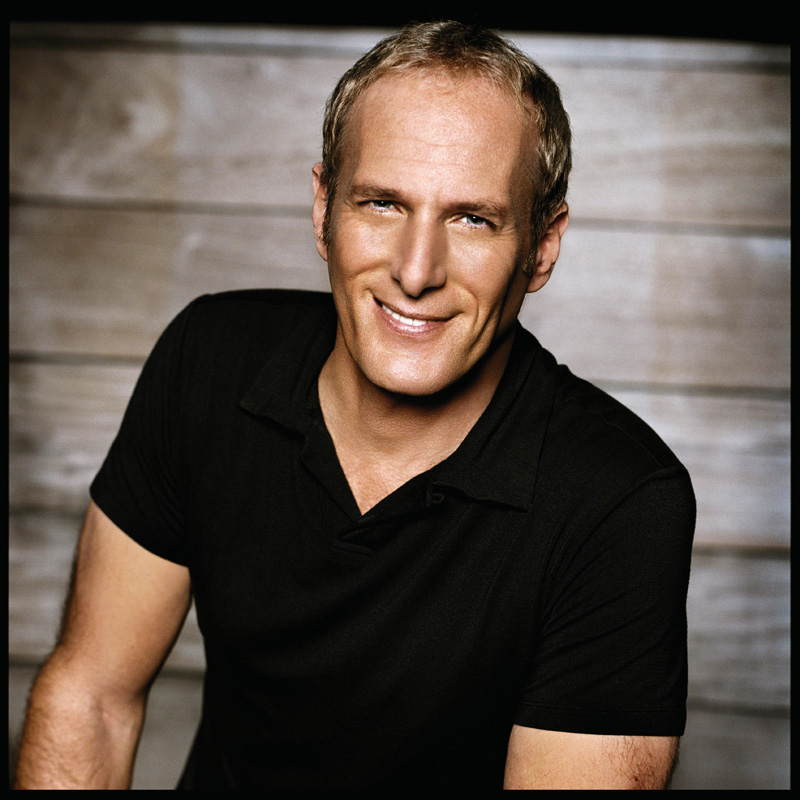New Haven Veterans Memorial Coliseum
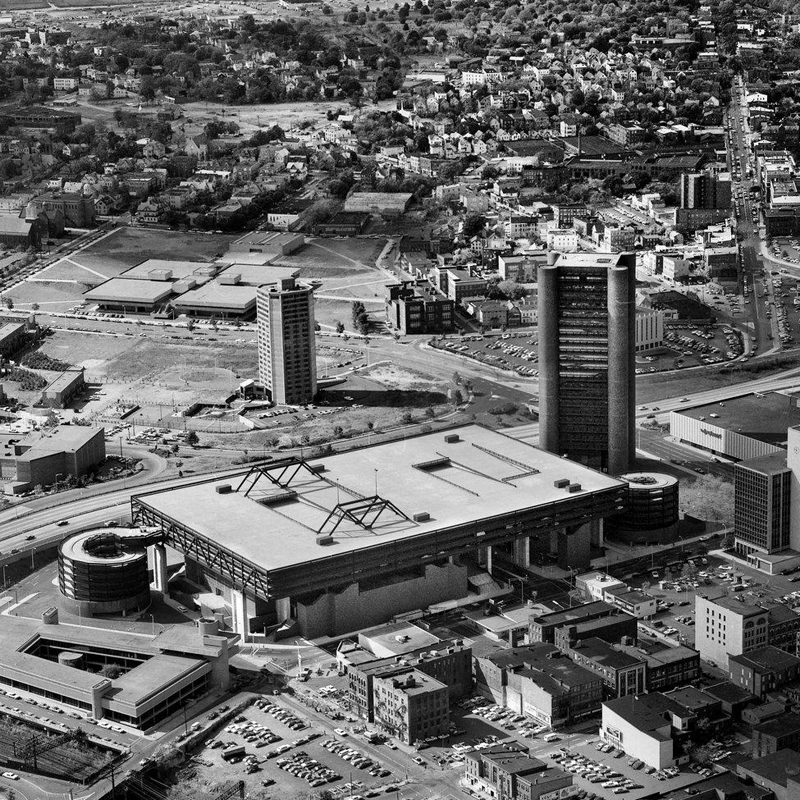
Like Boston Arena and Boston Garden, New Haven Veterans Memorial Coliseum was one of New England’s leading sports venues, hosting hockey, basketball and wrestling during its 30-year existence. And like the Arena and the Garden, the 11,500-capacity venue is best remembered by music lovers, especially Baby Boomers, as the place where hundreds of iconic artists and legendary bands took the stage, firmly establishing it as the musical capital of “the Elm City,” as New Haven’s been known since 1784, when it introduced the first public tree-planting program in the US.
But the Coliseum was more than just an entertainment space, according to frequent audience member and Quinnipiac University Associate Professor Richard Hanley, who directed Last Days of the Coliseum, an Emmy-nominated documentary about the venue. Behind the music, it stood as a microcosm of dramatic cultural shifts brought on by the aging of those born between 1946 and 1964, the official period for what’s known as the baby-boom generation. “In short, the Coliseum mirrored the rise and demise of Baby Boomers as a cultural force in the region,” he said in 2022 in a lecture titled “New Haven Coliseum: Where Boomers Roamed.”
In the documentary, Hanley explains that the venue was one part of a larger revitalization effort that never quite came to fruition. “The Coliseum was the final piece of the late Mayor Richard C. Lee’s dream of a revitalized city. And, like other projects, it didn’t work,” he says, noting that the middle class Lee sought to attract to New Haven showed up for many events at the venue but headed straight back to the suburbs as soon as shows ended. Based on that, the Coliseum was “both a failure and a success, which pretty much defines the nature of the baby-boom generation,” he says in the film.
CONSTRUCTION, LOCATION, DESIGN, OPENING, OPENING
The City of New Haven built the Coliseum to replace New Haven Arena, which opened in 1914, was rebuilt in 1927 after burning to the ground and had fallen into disrepair. Connected to the Knights of Columbus Tower and designed by Hamden-based architectural firm Roche Dinkeloo (which designed the Tower in 1969), it was located between Yale University and the Oak Street Connector and was the second-largest indoor venue in New England (after Boston Garden) until the opening of the 14,000-capacity Providence Civic Center in November 1972. Among its unique elements was a rooftop parking lot (necessitated by the area’s high water table) and several features of the original design (including street-level storefronts and an exhibition hall) were never completed. “The city ran out of money during construction and cut that piece out, making the building appear more Brutalist than [designer Kevin] Roche had planned,” Hanley said in 2022, adding that Roche thought the building needed to be part of a larger entertainment district in order to succeed in the long term.
Officially called New Haven Veterans Memorial Coliseum but referred to most often as simply “New Haven Coliseum,” the venue hosted its debut event on September 27, 1972, an exhibition game between the Minnesota North Stars of the National Hockey League and the newly formed New Haven Nighthawks of the American Hockey League. “This whole state has gone mad for hockey, especially in the New Haven area, so we felt confident that beginning with a hockey game, rather than a concert, rodeo or some other sports event, would be the right way to open the building,” Nighthawks executive Jack McColl told Connecticut magazine at the time. A number of other hockey teams made the Coliseum their home over the decades, as did the International Basketball League’s Connecticut Pride, the New Haven Ninjas indoor football team and the Connecticut Coasters roller hockey team.
NOTABLE 1970S APPEARANCES
The Coliseum began presenting musical acts in October 1972, establishing itself as an equal-opportunity employer in terms of genres. Acts that appeared between then and the end of the year included The Beach Boys, Johnny Cash, Chet Atkins, Maynard Ferguson, country/gospel quartet The Statler Brothers and traditional-pop singer Vic Damone. Linda Ronstadt appeared in January ’73, followed later that year by Liza Minelli, Barry Manilow, Bette Midler, Loggins & Messina and The J. Geils Band, among others, and the first half of ’74 included shows by Marvin Gaye, Cat Stevens, 10cc, The Bee Gees, Grand Funk Railroad, The Allman Brothers and Aerosmith. During the second half of the year, acts included David Bowie, Joni Mitchell, Bad Company, Three Dog Night, Traffic, Stevie Wonder and Van Morrison.
Starting in 1975, the Coliseum began booking mostly rock and folk-rock acts, though there were exceptions such as Muddy Waters and Frank Sinatra (who returned in ’76, ’79 and ‘84). For many, the year’s biggest events were in July, when Elvis Presley played a two-night stand (returning in July ’76, 13 months before his death) and in November, when Bob Dylan hit the stage as part of his Rolling Thunder Revue. Others who appeared included Eric Clapton, Jeff Beck, Jethro Tull, Fleetwood Mac, Captain Beefheart, The Doobie Brothers and Frank Zappa. The rest of the ‘70s was a who’s who of classic rock, folk-rock and pop, with acts ranging from Boston, Queen, The Eagles, KISS, Black Sabbath and Bruce Springsteen to Olivia Newton-John, The Spinners, Frankie Valli, Shaun Cassidy and Earth, Wind & Fire. Others included The Grateful Dead, The Kinks, Rod Stewart, The O’Jays, Billy Joel, Heart, Cheap Trick, Foreigner, Bonnie Raitt, Livingston Taylor, James Taylor and The Cars. The Who played their one-and-only show at the Coliseum in December 1979.
NOTABLE 1980S, 1990S, 2000S APPEARANCES
The first half of the ‘80s featured the return of many legendary acts in addition to Coliseum first-timers such as U2, The Police, Talking Heads, Rick James, REO Speedwagon, Ozzy Osbourne, Iron Maiden and Tom Petty & The Heartbreakers. Others included Joan Jett, Hall & Oates, Neil Young, Bon Jovi, John Mellencamp, Huey Lewis & The News, AC/DC and Elton John (who returned in ‘89 and ’94) and New England-rooted acts Jon Butcher Axis, Berlin, Peter Rowan, Billy Squier and New England. The second half of decade also showcased the brightest stars of the era and included local favorites NRBQ in addition to Boston-based ‘Til Tuesday, The Del Fuegos, Bobby Brown and New Kids on the Block. Others who took the Coliseum’s stage were Joe Cocker, Whitney Houston, REM, Peter Gabriel, Stevie Nicks, Cyndi Lauper, Willie Nelson, Metallica and Steve Winwood. In 1986, Van Halen used the Coliseum as the setting of their concert film Live Without a Net.
In the ‘90s, most acts were classic rock or heavy metal bands, many of which had played at the Coliseum in the ‘70s and/or ‘80s, but acts of other genres appeared including Garth Brooks, Backstreet Boys, NSYNC, Natalie Cole, Tim McGraw and Michael Bolton; among the others were Guns N’ Roses, Stone Temple Pilots, The Black Crowes, Soul Asylum, Korn, Rage Against the Machine, Smashing Pumpkins and Phish. During first two and a half years of the 21st century, acts included Prince, Patti Smith, Slayer, Pantera, Snoop Dog and Grammy-winning alt-metal band Tool, who played the venue’s final concert on August 20, 2002. The last event was a WWF SmackDown on August 26.
CLOSING, DEMOLITION, LAST DAYS OF THE COLISEUM DOCUMENTARY
The Coliseum closed on September 1, 2002 after officials decided it was a drain on the city’s coffers and the building was demolished on January 20, 2007. Among the reasons cited for its demise are the 3,200-seat Oakdale Theatre in Wallingford (about 18 miles from new Haven) becoming a popular live-music venue after extensive renovations in 1994 and the opening of two 10,000-capacity spaces in 2001: the Arena at Harbor Yard in Bridgeport (about 22 miles from New Haven) and Mohegan Sun Arena in Uncasville (about 50 miles from New Haven). Several organizations ran unsuccessful campaigns to renovate the Coliseum and keep it open, but in December 2007 the land became the 400-space parking lot that it remains today. In January 2024, the State of Connecticut awarded a $999,000 grant to the Connecticut Department of Economic and Community Development, which has submitted plans to construct a 280,000-square-foot life sciences and technology building on the site.
In November 2010, the 120-minute documentary Last Days of the Coliseum premiered on Connecticut Public Television. The film, which explains the venue’s history within the larger context of cultural upheaval in the United States and its place in New England’s musical back pages, took five years to complete, according to director Richard Hanley. Featuring in-depth interviews with designer Kevin Roche, concert promoter Jim Koplik and WWE Hall of Fame announcer Howard Finkey, it was nominated for an Emmy Award and provides a superb snapshot of “the history and culture that forged New Haven’s hulking, rust-colored sports-and-entertainment palace,” according to The New Haven Register.
(by D.S. Monahan)

